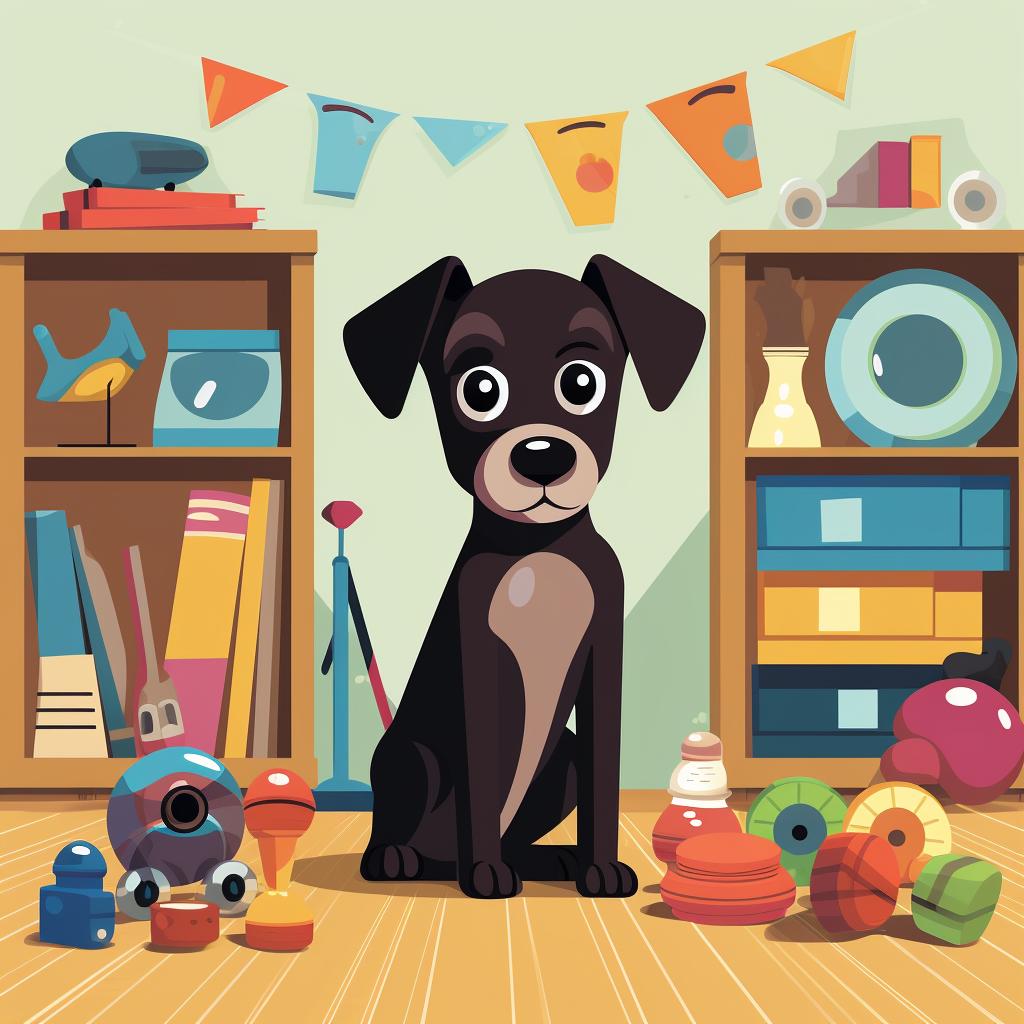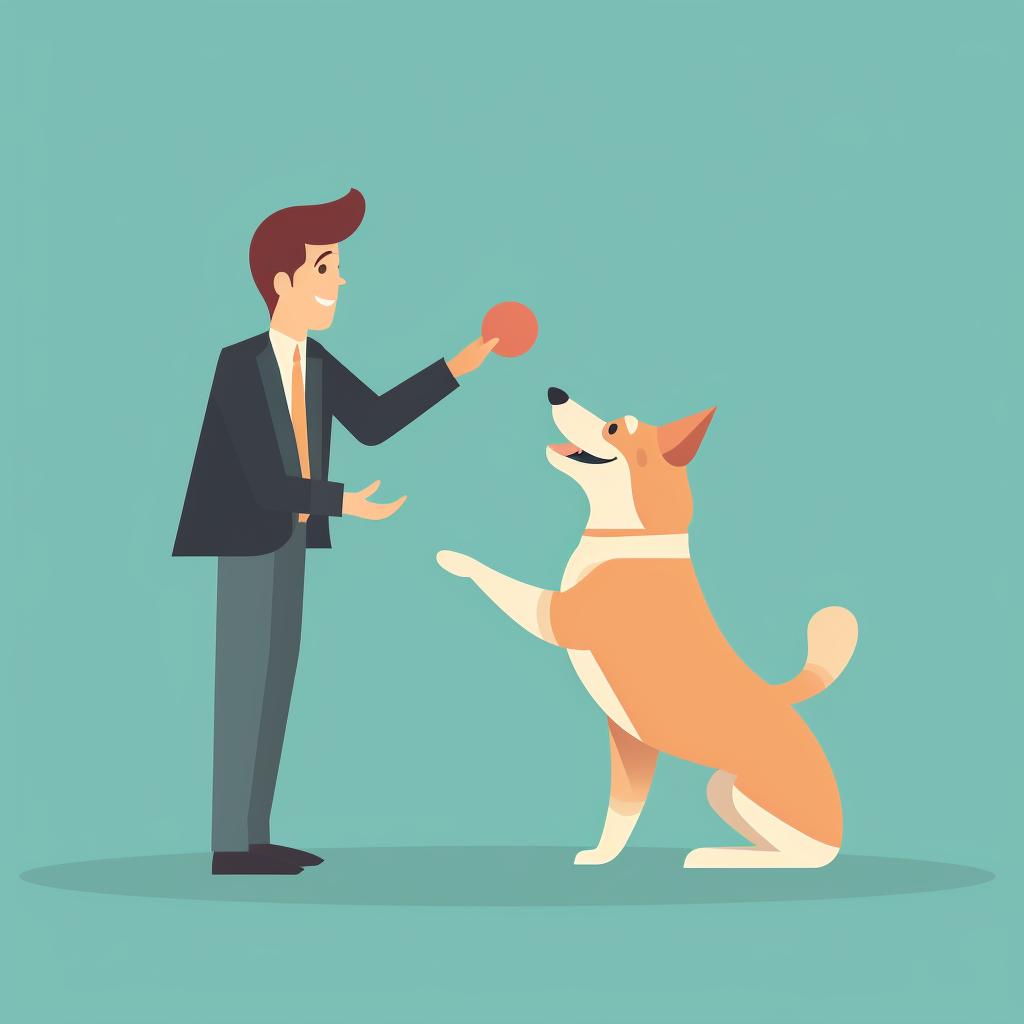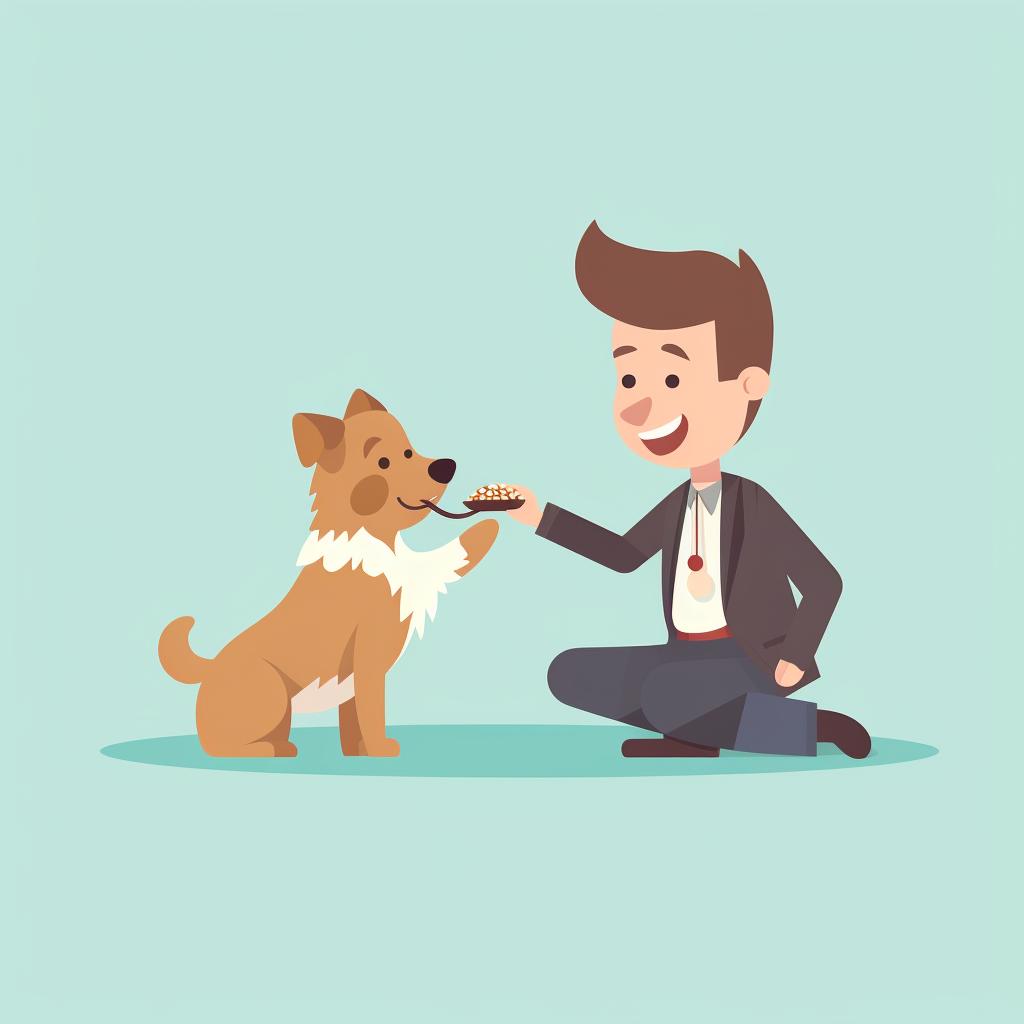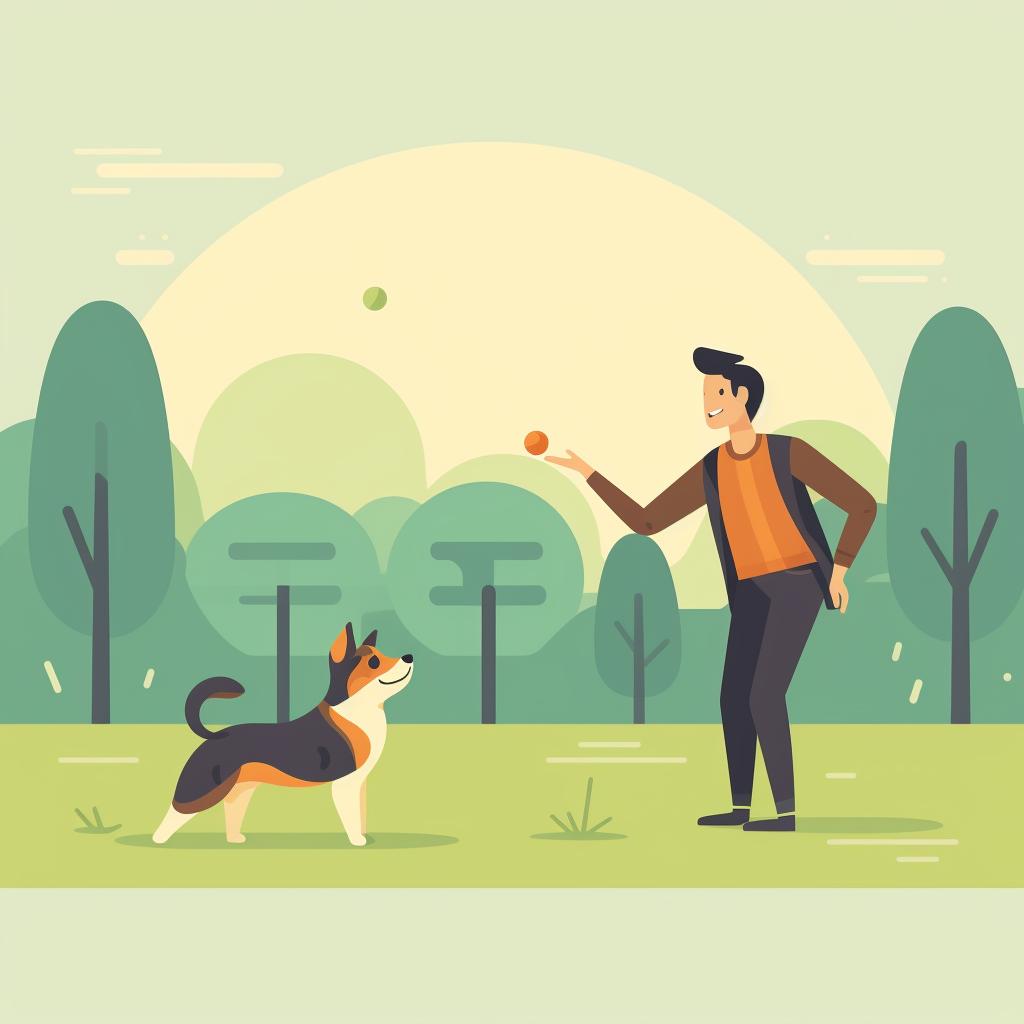Clara Jefferson is a seasoned dog trainer with over 20 years of experience. She specializes in teaching dogs to fetch and is a certified canine behaviorist. Clara's love for dogs began in her childhood and she turned this passion into a rewarding career.
Teaching dogs to fetch various objects is not only a fun activity for you and your dog, but it also provides mental and physical stimulation for your pup. The process involves several steps, each with its own specific techniques. Let's dive in!
Grasping the Nitty-Gritty of Fetch Training 🐾
Before you start, it's crucial to understand that dogs are not born with an innate understanding of the "fetch" concept. The idea of running after an item, picking it up, and bringing it back is something they learn. It's also important to note that some breeds may be more inclined to fetch due to their history as hunting or retrieving dogs. However, with patience and the right techniques, most dogs can learn to fetch.
Your Personal Roadmap to Dog Fetch Training Success 🗺️
Training your dog to fetch can be a fun and rewarding experience for both of you. Let's dive into the steps:
Learn more about 🐶 Mastering the Art of Fetch: A Step-by-Step Guide 🎾 or discover other Far Fetchers guides.
Remember, patience and consistency are key when training your dog to fetch. With time and practice, your dog will master the art of fetching and you'll both have a great time playing together.
Here's a simple step-by-step guide to get you started:
- Choose a suitable object. The object should be something your dog shows interest in and is safe for them to carry in their mouth.
- Start in a distraction-free environment. This could be a quiet room in your house or a fenced-in area in your yard.
- Engage your dog with the object. You can do this by moving the object around, making it seem exciting, or even using it to play a little tug.
- Throw the object a short distance and encourage your dog to get it. Remember to celebrate their achievement enthusiastically when they grab it.
- Next, you'll need to teach your dog to bring the object back to you. You can do this by calling them back, showing them a treat, or running away from them to encourage them to chase you.
- When they bring the object back, reward them with a treat or praise. This will reinforce the behavior and encourage them to do it again.
Remember, patience is key. It might take several sessions for your dog to understand what you want them to do. Don't rush the process, and make sure to keep the training sessions short and fun.
Top-Notch Fetch Toys and Aids to Boost Your Dog's Training 🦴
Top-Rated Fetch Training Tools for Dogs
Using the right fetch toys and training aids can significantly enhance your dog's fetch training experience. Here are some of the best products available on Amazon:
- KONG Classic Dog Toy
- Chuckit! Ultra Ball
- Nerf Dog Tennis Ball Blaster
- Outward Hound Hide-A-Squirrel Puzzle Toy
For more detailed reviews on these products, check out our interactive guide on the best fetch toys for active dogs.
Extra Help? Check Out These Fetch Training Goldmines 📚
For those seeking additional guidance, there are numerous dog training resources available. You might consider enrolling in dog training classes or consulting a certified canine behaviorist. Alternatively, dog fetch machines can help automate the process, allowing your dog to learn at their own pace. Check out our guide on the best automatic dog ball launchers for more information.
As we've discussed various methods and aids to teach your dog to fetch, a visual guide can be extremely helpful in understanding the process. The following video tutorial provides a step-by-step guide on how to teach your dog to fetch perfectly.
The above video tutorial should give you a practical understanding of how to teach your dog to fetch. Remember, patience and consistency are key to successful training. Happy training!
Lastly, here's a helpful video tutorial that walks you through the process of training your dog to fetch. It covers everything from choosing the right toy to rewarding your dog for a job well done.
Remember, every dog is unique and what works for one might not work for another. It's all about finding what motivates your dog and using that to your advantage. Happy training!



































